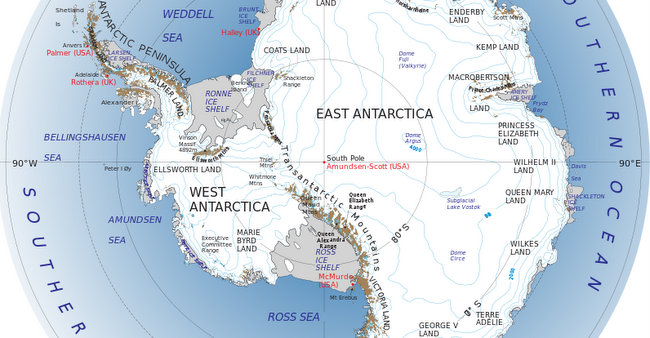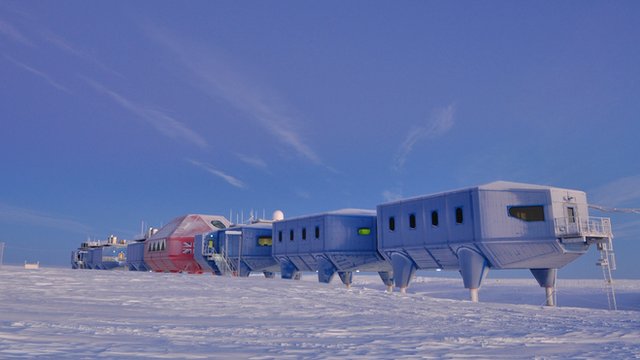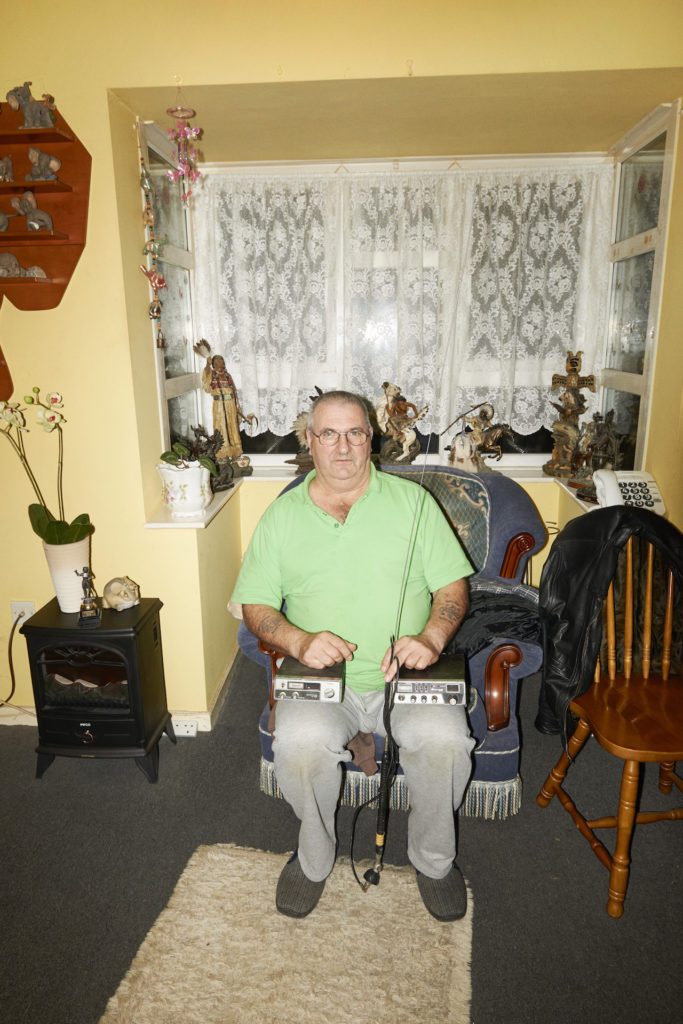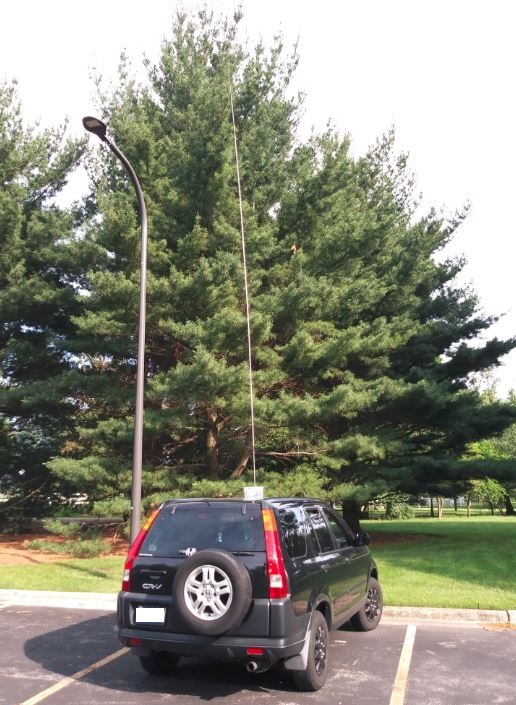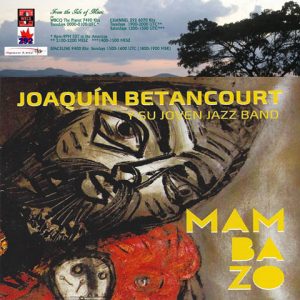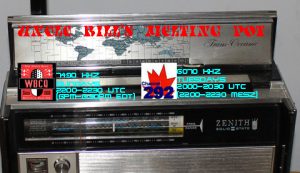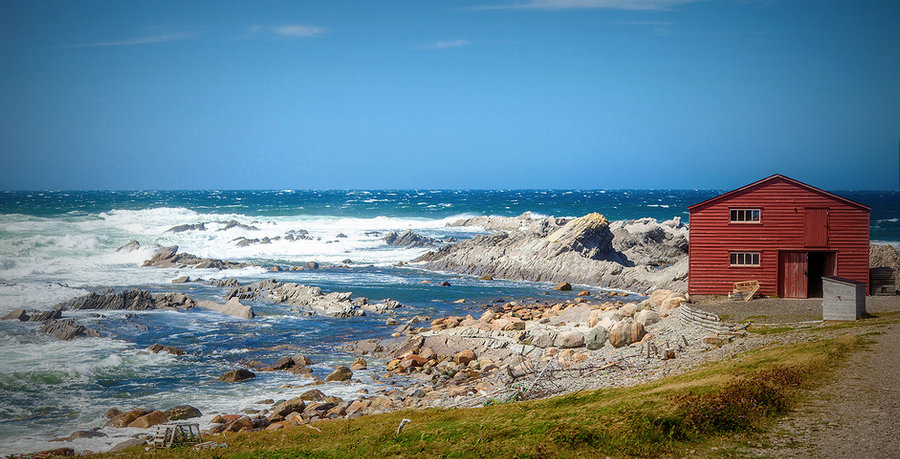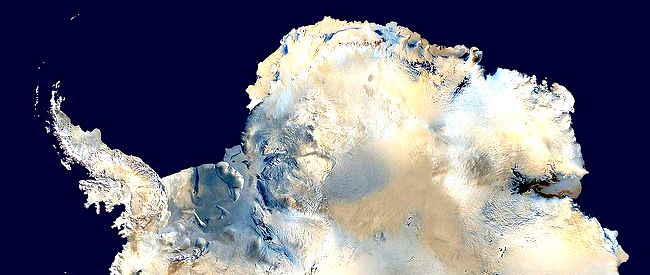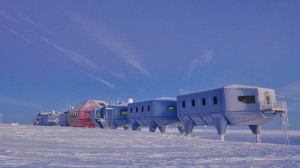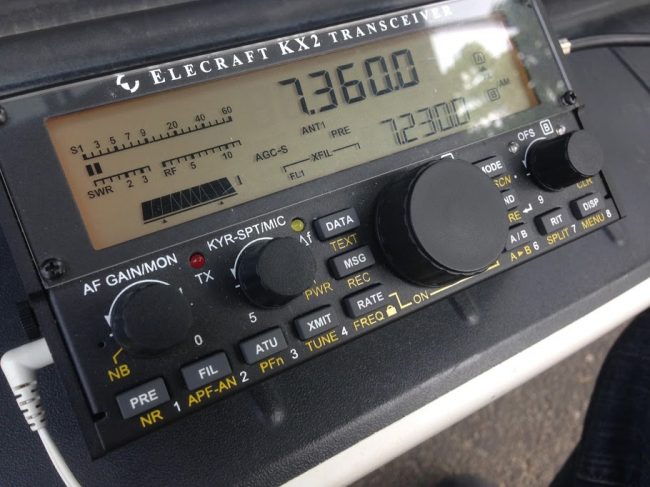Every year, the BBC broadcasts a special program to the scientists and support staff in the British Antarctic Survey Team. The BBC plays music requests and sends special messages to the small team of 40+ located at various Antarctic research stations. Each year, the thirty minute show is guaranteed to be quirky, nostalgic, and certainly a DX-worthy catch!
After successful listener events from years past, I’m calling on all SWLing Post readers and shortwave radio listeners to make a short recording (say, 30-60 seconds) of the BBC Antarctic Midwinter Broadcast today and share it here at the Post (frequencies and time below).
The recording can be audio-only, or even a video taken from any recording device or smart phone. It would be helpful to have a description and/or photo of your listening environment and location, if possible.
Audio should be in the MP3 format and videos either hosted on YouTube or Vimeo so that I can easily embed them without having to convert and upload myself.
If you submit your recording to me, I will post it here on the SWLing Post–and insure that the British Antarctic Survey receives the post, too. The recordings will be arranged by geographic location.
Frequencies
This year, there have been few details about the broadcast announced in advance–I’ve seen no test broadcast announcements as in years past–so my fingers are crossed that it’ll take place on the air, on schedule.
Please note that the broadcast begins at 2130 UTC on (Thursday) June 21, 2018. The following frequencies were provided by Mauno Ritola who sourced them from a German SWL list serve:
From ASCENSION
7360 kHz
From DHABAYYA
6035 kHz
From WOOFFERTON
7230 and possibly 5985 kHzUPDATE via Richard Langley:
Updated frequency list from BBCWS Audience Relations via World of Radio list:
5985 Woofferton 184°
7360 Ascension 207°
9890 Woofferton 182°
I’m sure there will be live reports in the SWLing Post chat room during the broadcast. Please sign in and share your report as well!
I hope I’ll be able to receive the broadcast this year–I’m traveling again, but will have a receiver in tow. Worse case, I’ll snag the broadcast from a WebSDR in Europe (which is a pretty easy catch).
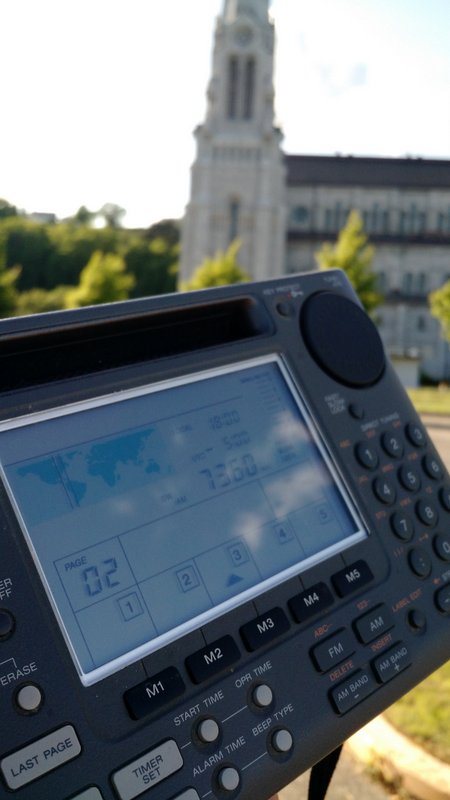 The Midwinter broadcast is one of my favorite programs of the year. I suppose, in part, this is because it happens on June 21–the Summer/Winter solstice–which also happens to be my birthday! Woo hoo!
The Midwinter broadcast is one of my favorite programs of the year. I suppose, in part, this is because it happens on June 21–the Summer/Winter solstice–which also happens to be my birthday! Woo hoo!

